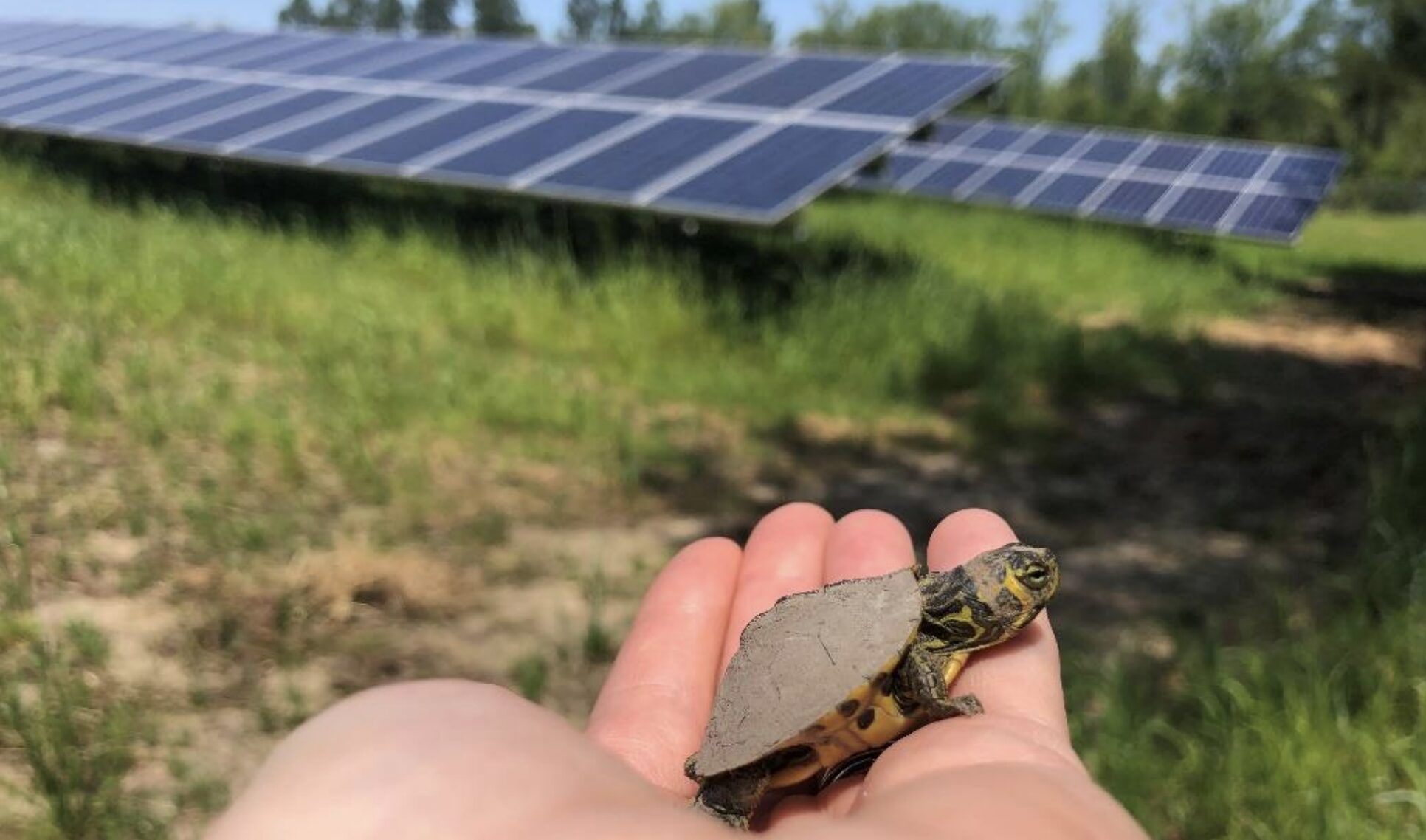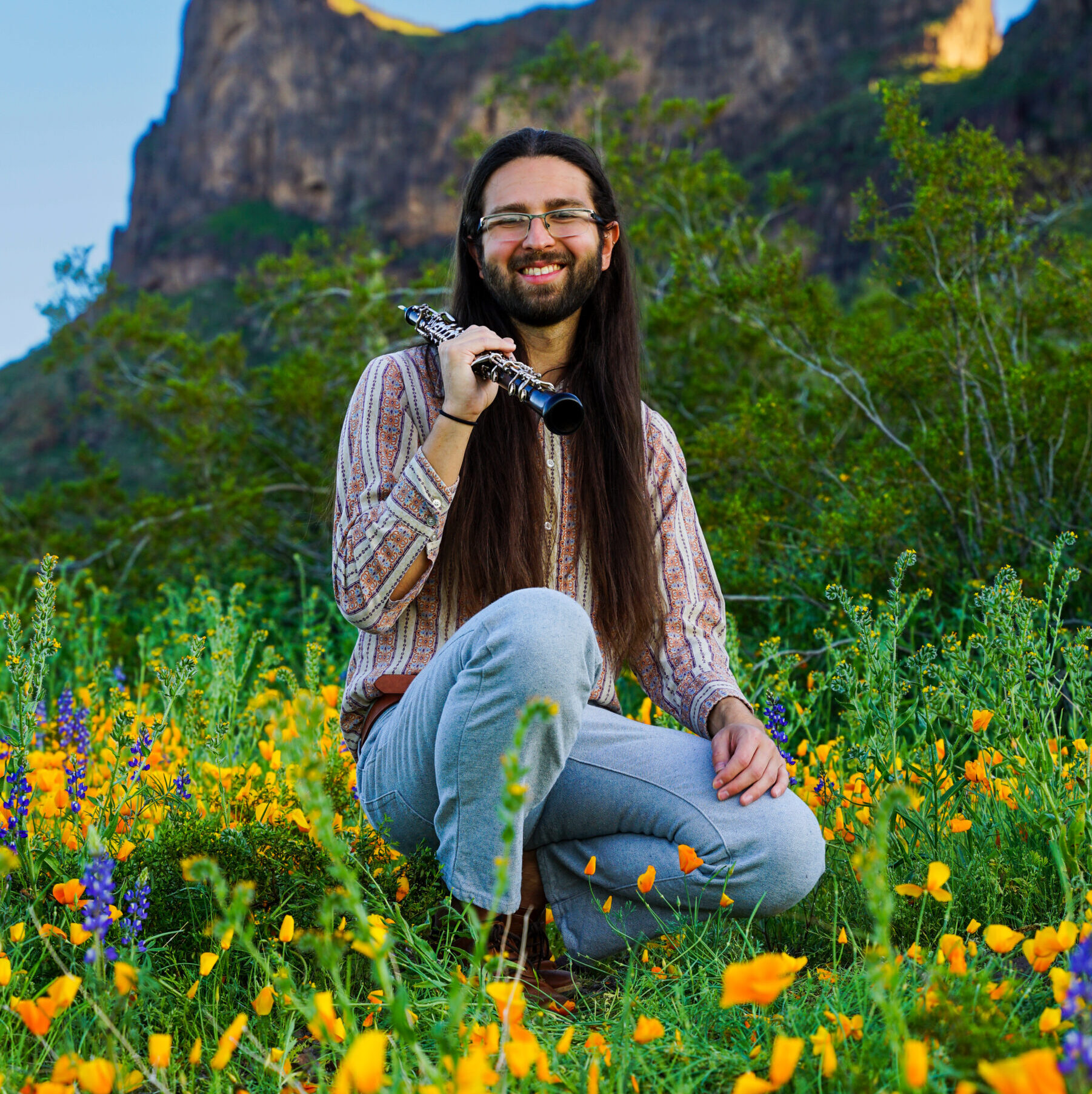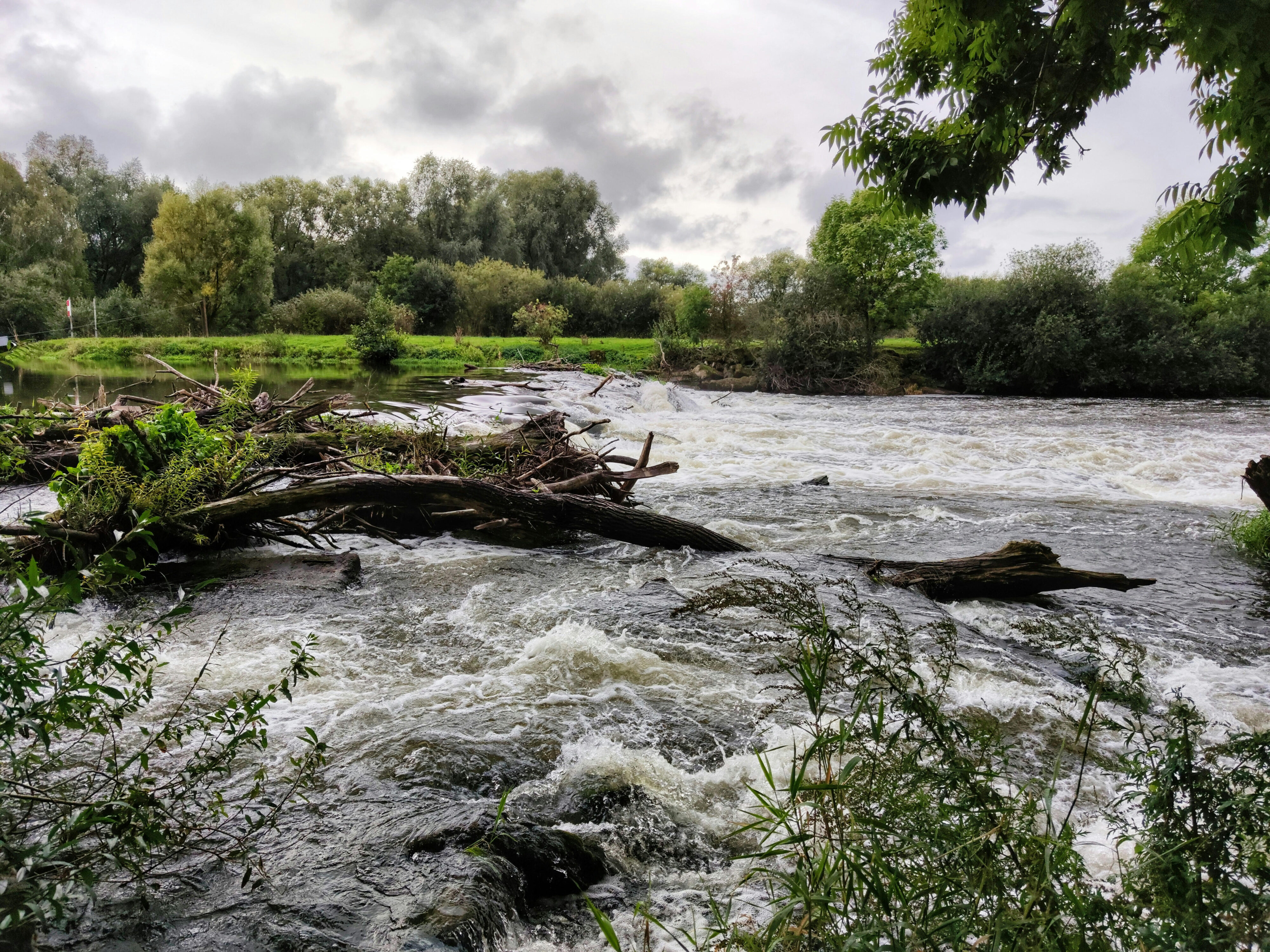Relaxed Federal Rules Allow Bison Room to Roam Outside Yellowstone
On Yellowstone’s northern range, it’s easy to see why bison leave the national park in search of greener pastures during severe winters. Some bison even use the park highway to escape to lower elevations as they search for food. But, as they cross the park’s northern border near Gardner, Montana, they traverse into an area where they are not necessarily welcome. The bison can carry a disease called brucellosis, which can cause them to spontaneously abort pregnancies and create other health hazards for the animals, as well as humans that come in contact with their meat or unpasteurized milk products. The disease, also carried by elk, can be transmitted to cattle.
Ranchers in the area fear that contact with free-roaming bison will jeopardize the health of their herds. “As long as we have the disease proliferated in the wildlife, our ranchers will have to undergo heightened surveillance, testing and management procedures, which do cost money, not to mention the sanctions that are put on Montana’s cattle by our trading partners,” says Errol Rice of the Montana Stockgrowers Association.
So far, bison have not transmitted the disease to cattle, but elk, which freely roam outside of Yellowstone’s borders, have been known to infect cattle. Unlike elk, when bison leave Yellowstone, officials attempt to herd them back into the park, and when that fails, they corral them in a capture facility.
Mark Pearson of the Greater Yellowstone Coalition says, “We’re facing this spring what we’ve feared we would face for the last couple of years, which is a large out-migration of bison from Yellowstone, because of the more severe winter we’re having.” During the last migration, in 2008, over 1,400 bison were captured and sent to slaughter.
Bison once numbered in the millions in North America, but unregulated hunting and mass slaughter all but eliminated the species. Just 25 bison survived in Yellowstone In 1901. Thanks to restoration efforts, the Yellowstone herd today numbers well over 3000. It is the largest free-roaming wild bison herd in the country, but their freedom to roam has a limit.
“In past years, as part of our component of the Inter-Agency Bison Management Plan, we have captured bison and we have handed them over to other IBMP partners, and they have been taken to slaughter in the past,” explains Al Nash of Yellowstone National Park.
Recently, Montana governor Brian Schweitzer put a 90-day ban on shipping bison to slaughter. The federal government has also eased pressure on the billion-dollar Montana cattle industry by changing regulations regarding brucellosis. Ranchers are no longer required to slaughter their entire herd if a few animals are infected, and the whole state doesn’t risk losing it’s disease-free status over the infection of a few animals. With the new rules in place, state and federal officials have agreed to allow these bison to move into tens of thousands of acres outside Yellowstone which were previously off-limits to the bison. This allows the bison to roam more freely, while relying on the steep canyon to keep them from roaming too far beyond this area.





















